As hunters and anglers, we are attracted to remote and wild places. For many of us, the opportunity to spend time in the backcountry is a big reason we go through so much effort. It takes planning, proper gear and equipment, and the skills and knowledge to put it all into action. One of the most essential parts of any backcountry plan is safety.
There’s never a good reason to neglect your safety plan. Whether you’re on a remote 10-day expedition, or just a popular day-hike in your favorite National Park, always be prepared with a proper safety plan. In fact, it’s often those seemingly nonthreatening day trips that present the most trouble because you may be tempted to leave your First Aid kit and other essentials behind.
Create a simple checklist for all of your backcountry adventures. Then before every trip, it will take just a minute to make sure your bases are covered.
Here are several things you may want to add to your checklist:
-
Communicate Your Plans
You’ve probably heard this a million times. Which is exactly why it’s worth emphasizing. Before you go anywhere in the backcountry – no matter how accessible or remote – tell someone exactly where you will be.
The information you leave behind is an essential safety net. Be sure to note your location, destination, your approximate itinerary if you plan to move camp throughout the trip, and the timeframe that you expect to be away.
If there’s an emergency, this information could save hours or even days of rescue time – which in some situations, could mean your life.

-
Know Where You Are
Someone else knows where you are. How will you know where you are? First, spend time getting to know the area before you arrive, using maps and satellite images. Then, carry maps with you along the way.
Most of us these days use maps on our smartphones. These are extremely helpful tools. Using an application like OnX Hunt on a mobile device allows us to see exactly where we are on the landscape, even without cell service. We’d highly recommend getting to know and practicing with these tools before your next wilderness adventure.
As good as these maps are, it’s just as important to carry backup. If your phone dies, what’s next? At the very minimum, always carry a paper map of the area and a compass. This can allow you to navigate your way without any reliance on electronics. If needed, sign up for a class to learn how to use a map and compass. Additionally, you may consider carrying a small battery charger in your backpack. A good battery pack is compact, lightweight and can fully charge a smartphone at least once.
-
Carry an Emergency & First Aid Kit
Always, always carry an emergency and First Aid kit. From quick hikes to long overnight trips, there’s no excuse for leaving it behind.
I carry a kit that’s barely larger than a softball. Inside, you’ll find emergency basics including a lighter, waterproof matches, fire starter, emergency blanket, Tenacious Tape, and a Petzl E-Lite headlamp, zip ties and electrical tape. It also contains First Aid essentials like Band Aids, blister pads, gauze, disinfecting wipes, antibiotic cream, quick clot, ibuprofen, Benadryl, a wire splint, ACE bandage and medical tape. The entire thing weighs less than a pound.
Pick up a lightweight nylon bag and build your own emergency and First Aid kit. Remember to re-stock it regularly or whenever you use any of its contents. And then always carry it with you!

-
Take a CPR and First Aid Course
You’ve got that First Aid kit in your backpack. Do you know how to use it? Every backcountry user should take at least a basic CPR and First Aid course. Even better, many outdoor organizations offer wilderness First Aid training. This is a valuable set of skills that we would highly recommend.
-
Carry a Satellite Communicator
Finally, we recommend carrying a satellite communication device. There are multiple options these days and they are relatively inexpensive – especially considering the fact that they can save your life. I carry a Garmin InReach every time I head into the backcountry – no matter how short or long the adventure.
The InReach allows users to send text messages to family and friends. This makes it easy to check in, share location, and communicate any changes in plans. It also has an SOS feature to contact search and rescue.

Two years ago, a friend was hunting several miles into a remote wilderness area in Colorado. During a snowstorm, he slipped and ruptured the patella tendon in his knee. Unable to walk, he was able to use his device to contact search and rescue. You never think it will happen to you – but having a device to communicate with the outside world is a modern convenience that’s worth taking.
Have Fun On Your Next Backcountry Trip
Having a well prepared safety plan and equipment should give you the confidence to enjoy your time in the backcountry. That doesn’t mean being complacent. But it should allow you to feel prepared and make the trip more enjoyable!
We hope you have fun on your next wilderness adventures! There’s nothing like having the opportunity to explore wild places!

By Ryan McSparran
Ryan is a wilderness guide based in Colorado, and is proud to be a part of the team at Caribou Gear.







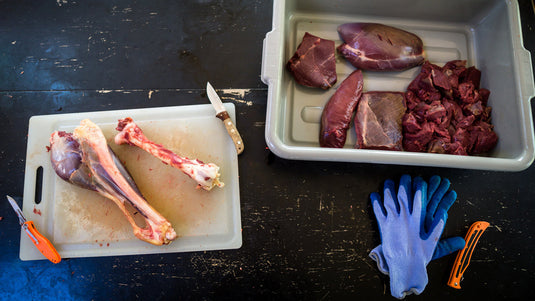
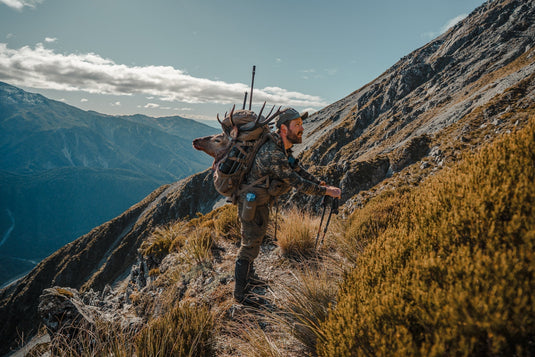
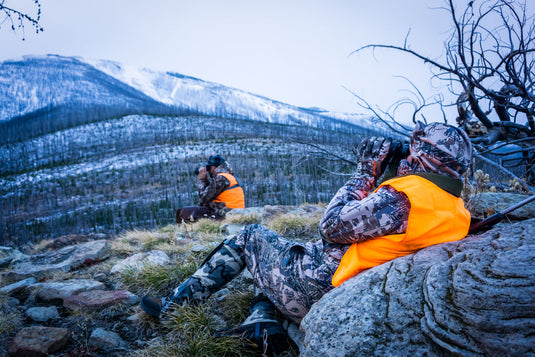
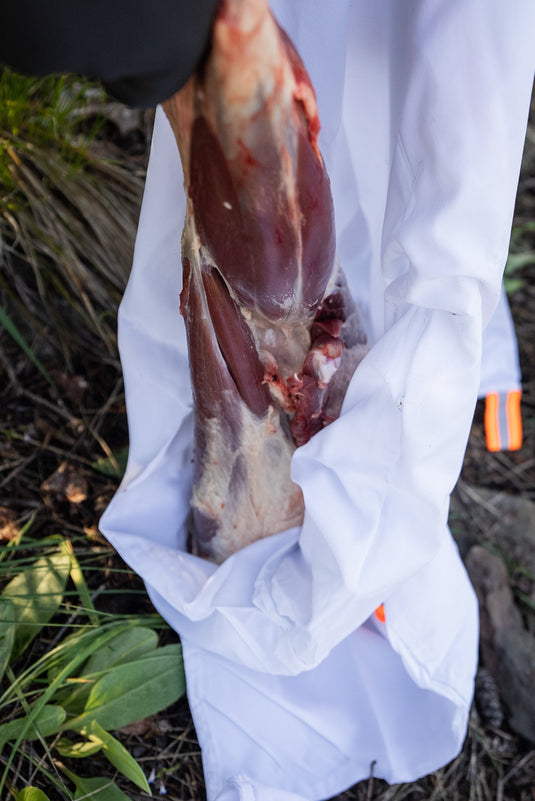
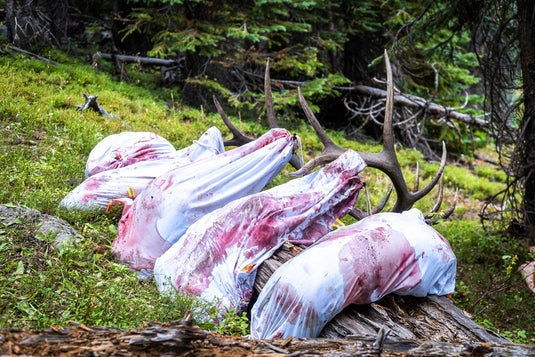
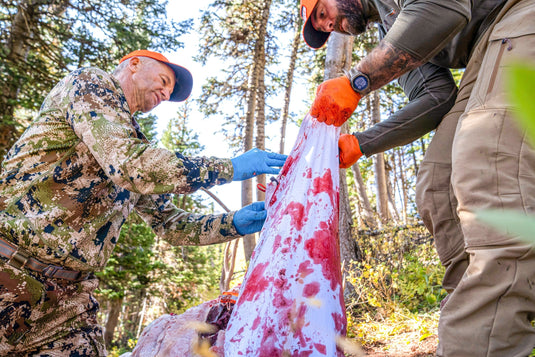
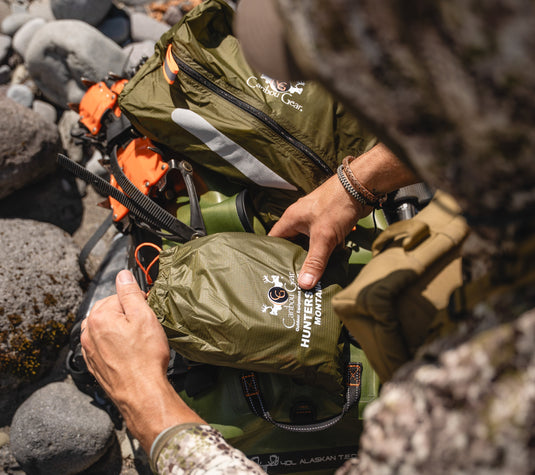
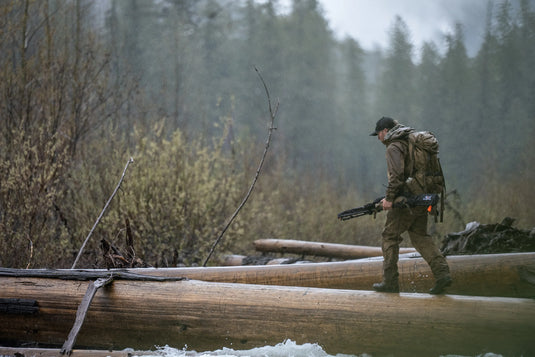
Good article! One other additional item I always carry, even here in PA, is bear spray…